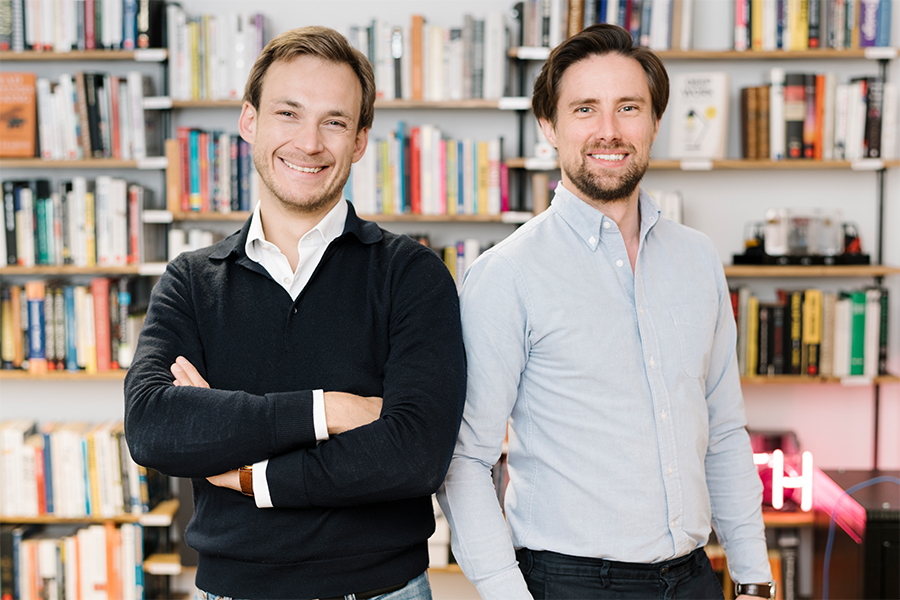In Champagne, performance can vary from more than simple to double from year to year. During the period 1945 to 1959, it averaged 5000 kg/ha.
You must log in with your username and password in La Champagne Viticole magazine to access this content. Your ID and password were communicated to you by email when you activated your subscription to lachampagneviticole. fr.
- For SGV.
- Quality and the fight against fraud are key issues for the future of champagne.
- The “Champenois status”.
- Which imposes restrictions on production.
- Is a safeguard against any temptation of non-qualitative drifts.
Very committed to economic issues, the Union does not lose sight of qualitative issues. On this point, Henri Macquart does not admit any concessions: “To grow the vine in our climate, we must be able to sell at a high price and we must justify the price by the quality. That is why everything must be done to always strive for even higher quality. Every abandonment in this area will erode our renowned capital. Is our reason to be. “Like the economic balance, the quality is prepared upstream: Planting on slopes, selection of grape varieties, pruning and adapted cultivation practices? It is not just a matter of maturity and sanitary condition linked to atmospheric conditions that, unfortunately, are beyond the control of the producer. “For this reason, the SGV will have a very firm position on the delimitation (under review in the 1950s): it requests the INAO to systematically degrade the lands located in the plains that had been classified by mistake by the delimitation commissions of the law of 1927 and that it will never produce a good wine. A reform of the “Vitivinicultural Statute” is implemented, because “if there is only one Champagne, there are many Champenois. And some may be tempted to use the reputation acquired by others. Due to our wine status we avoid fraud and we avoid the production of mediocre ones. ”With this objective in mind, the SGV imposes guarantees on winegrowers, although it is not always easy to convince them: limitation of yield / hectare, limitation of yield in pressing, mandatory losses and prohibition of houses to bring wine. Wines without denomination, degradation of grape varieties other than Champagne and encouragement not to use vines without AOC, prohibition of trade ialization rebê ches, etc? In 1956, the Union noted with satisfaction the positive result of this regulation: “There is practically no more fraud in commerce, no more sparkling wine is produced here. “At Champagne we make champagne: things are clear.
If, for some, the mission of a trade union is primarily vindicative, it is not the direction given to the SGV by the administrators of that time, who advocate for a trade union builder: “The first thing needed from the winemaker is a healthy global economy. Sometimes, in times of crisis, it’s helpful to shout discontent. But is it even more useful to work to avoid the crisis?”Although, the Champagne Viticole notes in 1959,” the trade union leaders who made this decision neglect their own. “tranquility, because it is easier to foster passions than to conduct them. “

